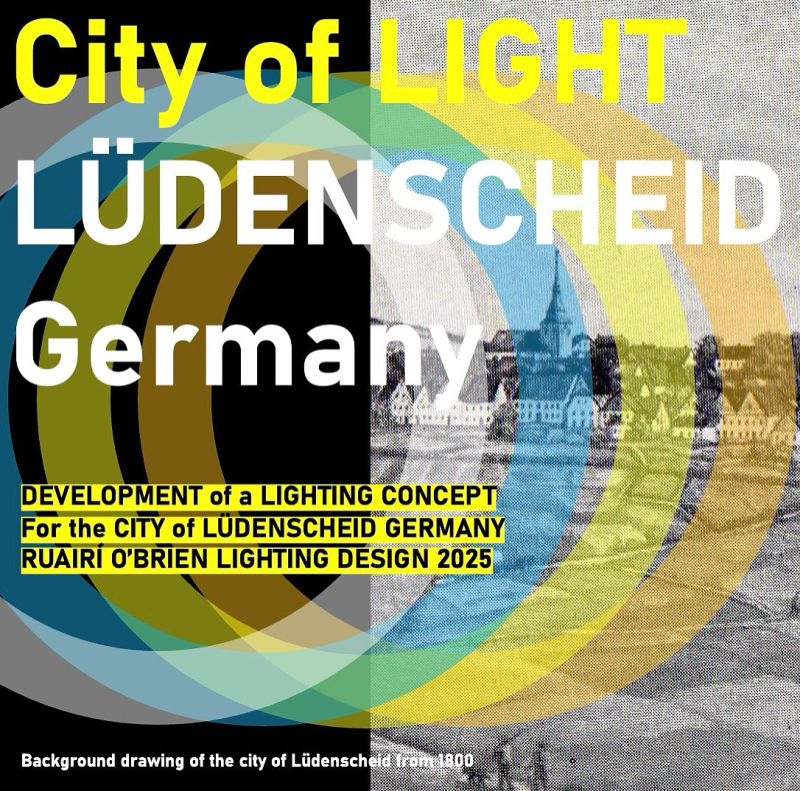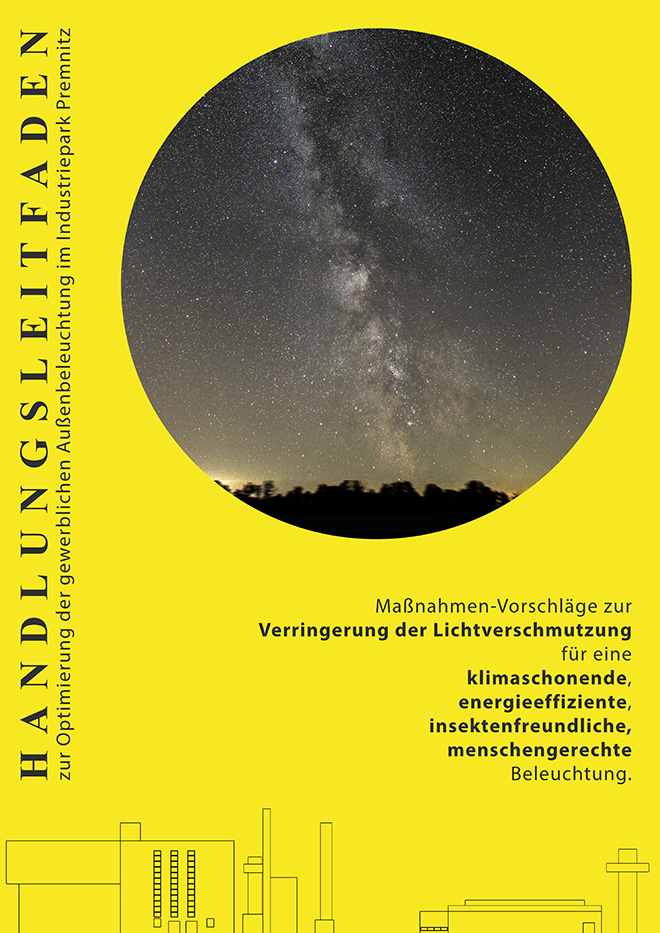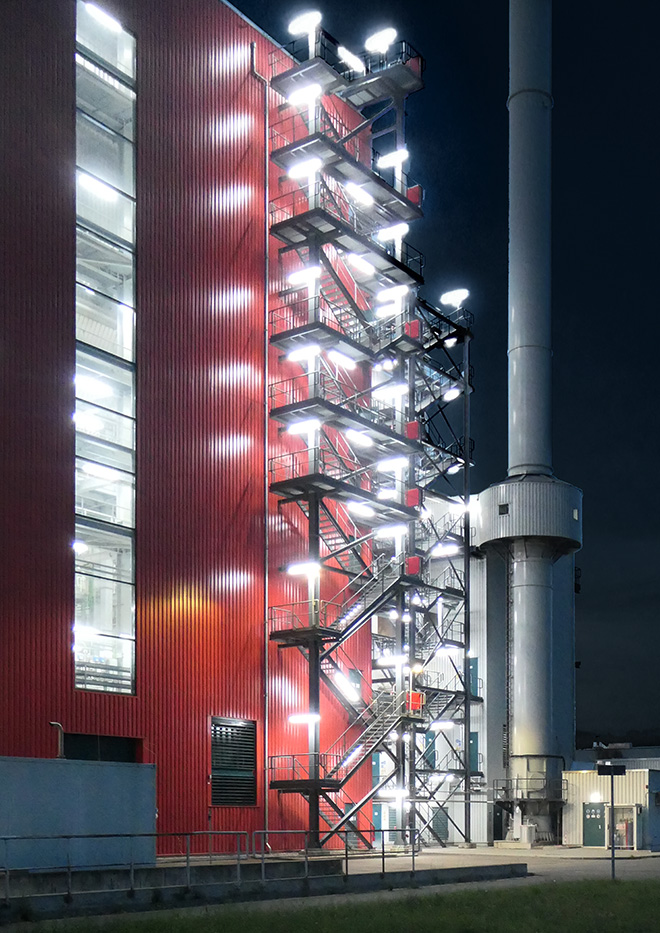Lighting design for the new Kunstguss Lauchhammer experience centre
We are pleased to announce that we have been selected to join the team of experts working on the ambitious “Transformation 1.535°” project in Lauchhammer, Brandenburg, Germany. This extensive project spans two sites: “ERZ” (ORE) with art casting museum, art foundry and Friedenskirche in Lauchhammer-Ost (13.8 ha) and “KOHLE” (COAL) with bio-towers, activated sludge basin and relic park in Lauchhammer-West (32.2 ha).
Our contribution to the planning and development team is the creation and implementation of the lighting concepts for the public space, the landscaping, the art casting museum, the new “Education and Experience Centre for Art Casting and Industrial Culture” and the famous listed bio-towers (see picture).
The “Transformation 1.535°” project is one of the most ambitious cultural and tourism initiatives in Germany, if not in Europe. Its aim is to transform the remnants of East Germany’s coal industry history into a vibrant centre for art, education and tourism.
An important part of this project is the expansion of the Lauchhammer Art Casting Museum into an “Education and Experience Centre for Art Casting and Industrial Culture”. This centre will honour the region’s rich industrial heritage while promoting modern educational and cultural experiences.
The Biotowers, a unique and impressive example of East German industrial culture, are at the centre of this transformation.
These structures, which once bore witness to the region’s industrial prowess, will be brought back to life through exhibitions, information programmes and innovative lighting concepts so that they can be preserved and appreciated for future generations.
We are delighted to be able to contribute to this epoch-making project and to contribute to its sustainable and holistic success with our expertise in the communicative and aesthetic power of architectural lighting design.stay tuned for more updates on this exciting journey!


























































